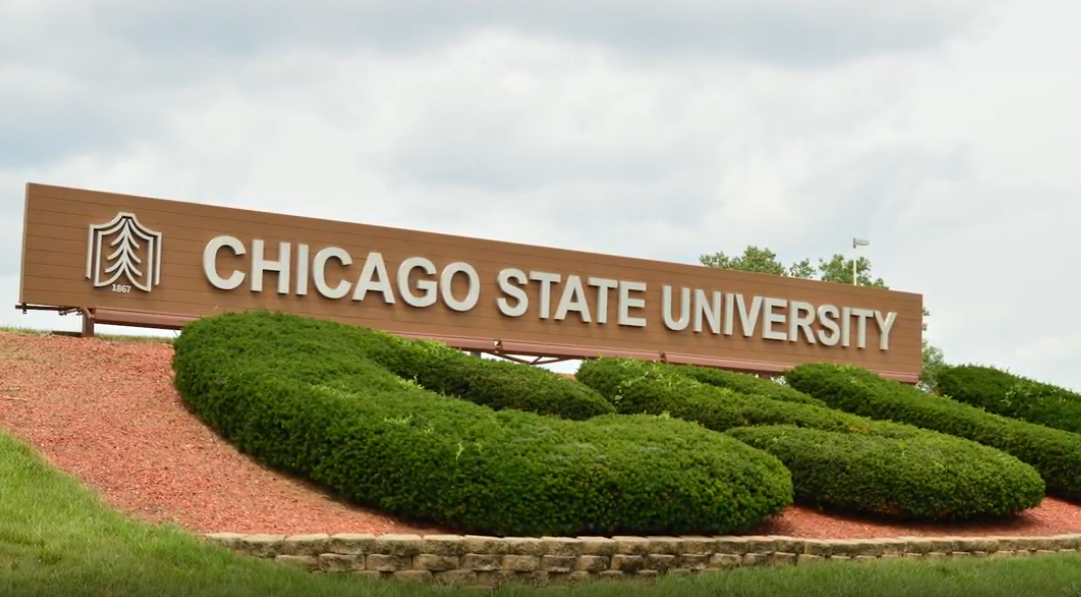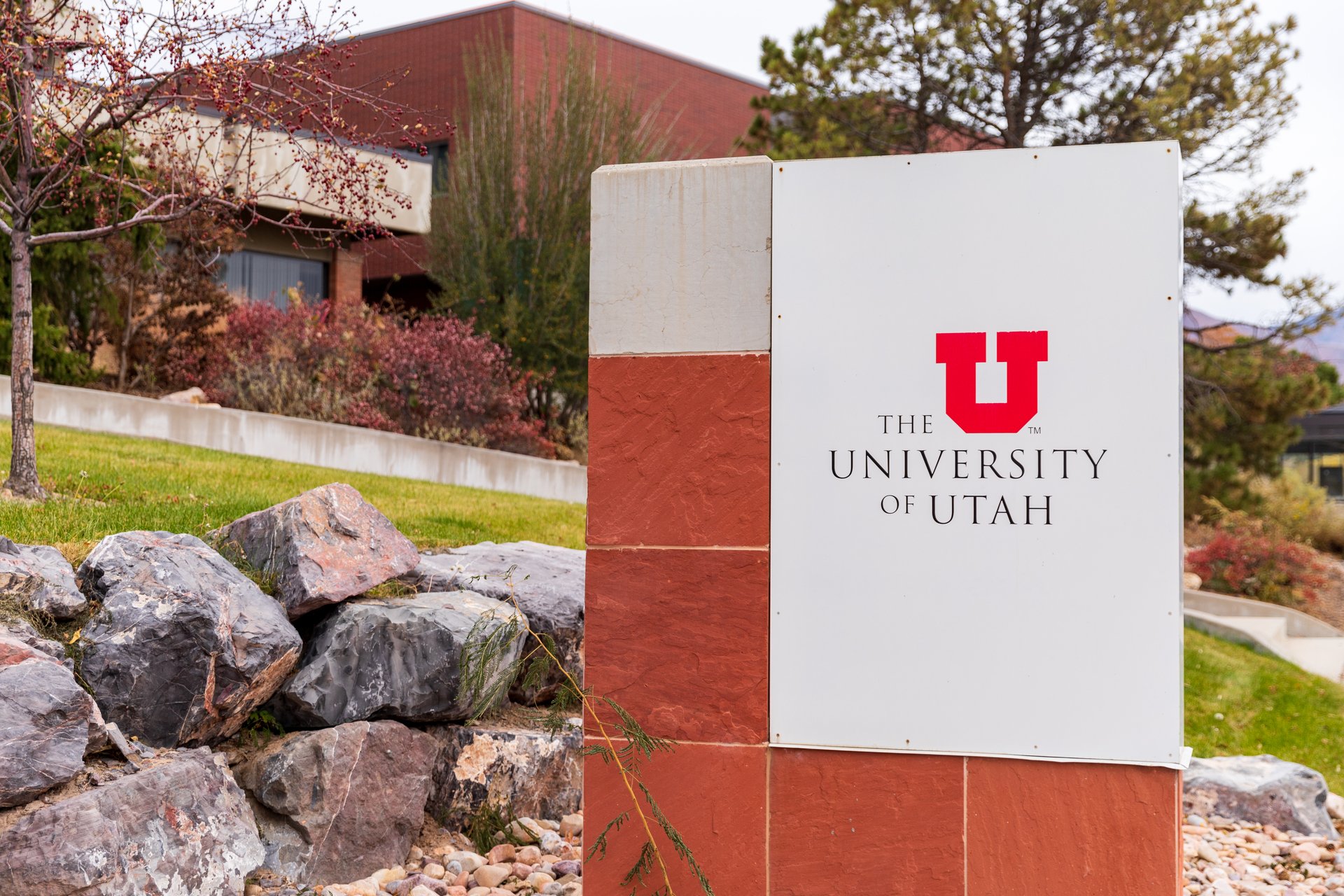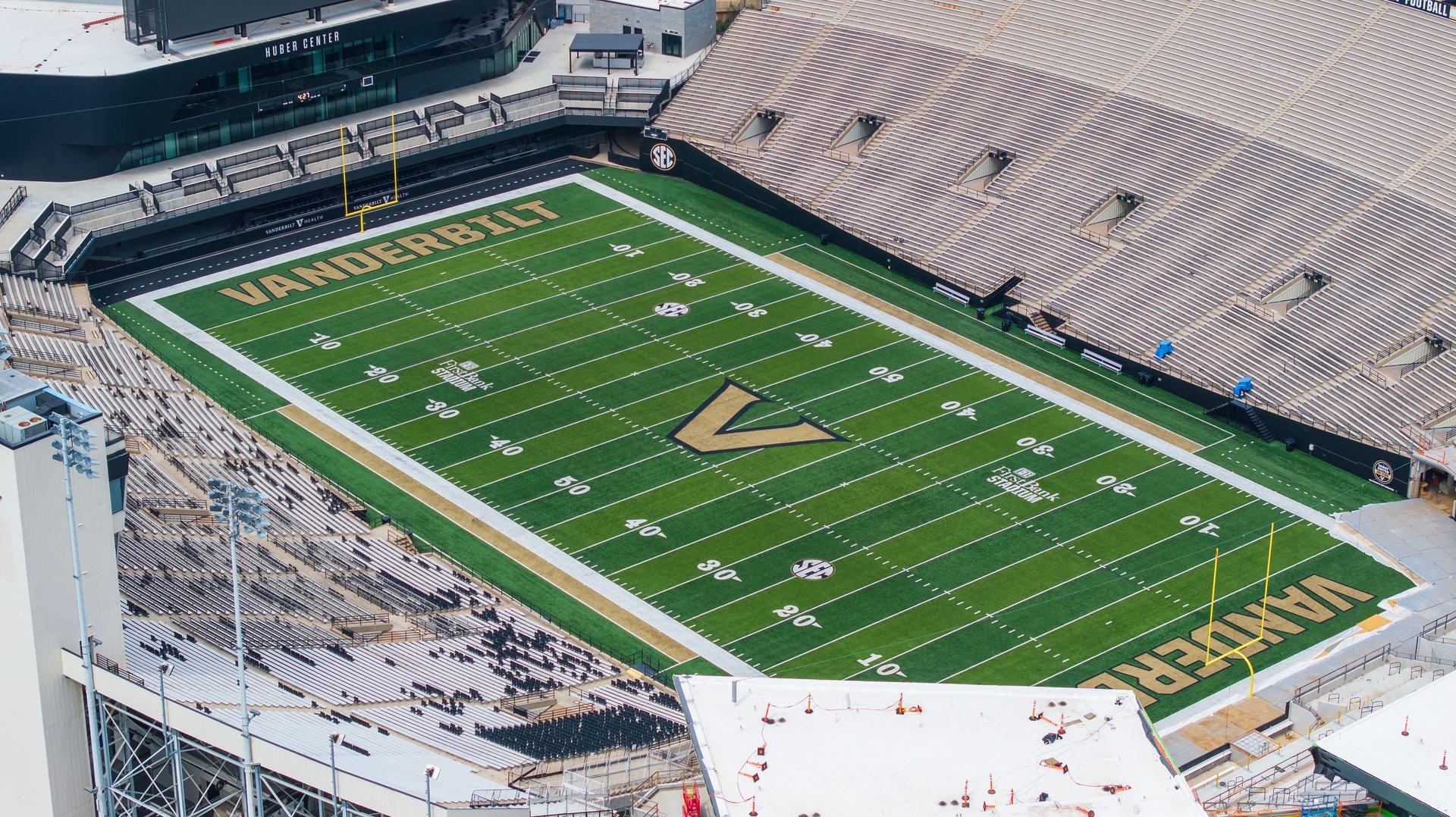Good morning, and thanks for spending part of your day with Extra Points.
Two quick housekeeping notes before today’s top story that I want to share:
1) I will be participating in the 2nd Annual Sports Podcast Festival in Raleigh, North Carolina. On Friday, August 22 at 8 PM ET, I’ll be at Bond Brothers Eastside in Cary for a show with the Hand In The Dirt Podcast and the Ovies & Giglio show. I will also be participating in the main Podcast Festival event on Saturday, August 23 with my pals at Split Zone Duo and other podcast friends. If you’re in the Triangle area, come and say hi! You can grab tickets to the Saturday show here.
2) Speaking of travel, I’m also going to be in Brazil from July 7-18th. Extra Points will still publish while I’m showing my children what capybaras look like, but most of those newsletters won’t come from me. We have some freelance spots accounted for, but if you were hoping to someday get published here…now is your chance. Send your freelance story ideas to [email protected], and we’ll see if we can find a way to work together!
And with THAT cliffhanger, let’s get to the #content. Or rather, we will, right after this message from one of today’s sponsors, SUPA Power.
Protein goals just got easier (and more delicious)

Look, hitting your protein goals shouldn't be complicated. SUPA Power Protein Shots give you 21g of premium BLG whey protein in a convenient 3.4-ounce shot. Skip the shaker bottles, weird-tasting bars, and powdery mess.
💪 Easily digestible, lactose-free whey protein for optimal absorption
🔋 Over 3g leucine to maximize recovery and muscle growth
😋 Orange Creamsicle that goes down smooth—no chalky aftertaste
✅ Zero sugar, zero crashes, just 90 clean calories of pure nutrition
👌 Grab-and-go convenience: stash them everywhere for instant protein
Use code EXTRA21 for 21% off and get 21 grams of greatness delivered to your door.
We don’t know exactly how the post-House era is going to work out. We don’t know how programs will try to navigate the settlement’s specific financial rules and regulations. We don’t know how much of the system will survive potential legal challenges. We don’t know how aggressive the CSC will be in regulating outside deals. There’s uh, a bunch of other stuff we don’t know yet.
You know what we do know? Next week, colleges will be permitted to cut checks directly to athletes. And that means everybody is hunting for more revenue.
But there are only so many common ways to grow athletic department revenue. Broadcast deals are typically locked up for years. You can increase ticket sales, but your stadium only has so many seats. There’s a limit to how much any school can try to shake down their top 20 or so donors. Raising student fees or ticket prices isn’t always politically possible.
One place a lot of schools are going to look? Towards their MMR partners.
MMR, or Multimedia Rights, isn’t the same thing as the broadcast rights for football or basketball games. MMR tends to refer to almost everything else. That’s everything from stadium signage to radio rights, billboards to sponsorship, licensing revenue, and nearly everything else in between.
While some schools sell their own MMR rights, the majority of P4 institutions work with an MMR partner, like Learfield, Playfly or JMI, to help sell those rights. The most common arrangement is for the MMR company to pay the school an annual revenue guarantee, plus a revenue share beyond a certain point.
That approach has worked for lots of schools over the last several years. But in this new world, where power programs need to fill a twenty million dollar hole in their budget, and find market-based deals for athletes that will pass Fair Market Value regulatory scrutiny, does this arrangement still work?
Christy Hedgpeth, the head of Playfly Sports Properties, certainly thinks so. And she isn’t looking at the market purely through the perspective of somebody who has spent decades working on collegiate multimedia rights. Hedgpeth joined Playfly in 2021, after working as the Chief Operating Officer of the WNBA and other marketing and business roles in the NBA.
If anything, the challenge, and the chaos, of the business of college sports is what made the job interesting to Hedgpeth. “This is such a dynamic time, which is one of the reasons this role was so attractive. NIL had just started when I joined, and then six months later, conference realignment starts again. Who could have predicted this kind of shake up?”
That shake up means that colleges have to approach revenue growth differently.
“There was a such a gap, even though it’s starting to narrow, between what pro leagues were doing to unlock their full revenue potential and what colleges were willing to do. You’re seeing some growing pains, I think, where college is coming to terms with the fact that monetization is a professionalized skill.”
That means that more colleges are starting to open up sponsorship categories that would have been very controversial just five or six years ago. Hedgpeth pointed to corporate logos on fields becoming more common, as an example. She also told me that she expects college to “eventually” get to a point where corporate sponsorships will be permitted on athletic uniforms, like in the NBA and elsewhere.
But beyond just slapping logos on new things, Hedgpeth sees a critical opportunity in data.
Part of that stems from using data to split up larger deal categories to create new assets or experiences. So instead of having one sponsorship partner in a “financial” category, using proprietary sponsorship valuation data, a school may learn that it is better to have a “credit union” partner, and a “personal finance” partner, a “retirement planning” partner, etc. But beyond splitting categories up, Hedgpeth sees growth opportunities in helping schools, and brands, better understand what they have, and how to grow it.
“Generally speaking, brands are going to make rational decisions. They’re going to want to evaluate what they’re getting for the price that’s on the table. That’s why data is so incredibly important, because brands have a lot of choices where to invest their money.”
This will be even more important once athlete IP is thrown into the mix
There are a lot of exceptions to this, but as I’ve written a few times, part of the reason the athlete-endorsement NIL ecosystem didn’t grow to the size that many analysts projected in 2021 was because brands didn’t feel like they were getting enough ROI to justify the campaigns. Once the earned media and novelty effect of an athlete NIL went away, the math often didn’t math.
Athletes aren’t professional influencers because they happen to be good at sports. Turns out, acquiring and motivating an audience is a completely separate skillset than being a good football player.
Hedgpeth, based in part on her other career experiences, sees a lot of potential in integrating athlete IP with college IP in future MMR-led marketing campaigns. “We know that as much as eight times more engagement on social is possible where an athlete is integrated into a post, vs. just a product. There’s an inherent value there.”
She pointed to recent Playfly campaigns with Penn State athletes and West Shore Home, or LSU and John Deere, as examples where athlete-centered campaigns performed dramatically better on social media than more traditional marketing campaigns. Higher reach, more engagement, better results.
Learfield also sees significant potential in this segment of the market. Their 2024-2025 NIL Report claims that over 950+ Learfield Brand Partners activated NIL campaigns, which lead to over $16 million in athlete earnings. Those campaigns weren’t just social media campaigns, either. They also included commercials, meet-and-greets, even radio appearances.
There will be lots of other companies that will try to carve out niches in the athlete and university marketing space over the coming months and years. As schools look to dramatically reconfigure their MMR and outside sales revenue, they’ll have to ask themselves…do we work with the same firms that offer the most size, scale and experience, do we shift to do more things ourselves (not uncommon at mid and low-majors), or bring in new voices?
It’s not an academic exercise anymore. Whatever the future holds, it starts tomorrow.
Hey, speaking of MMR deals, ever wanted to see what those contracts actually look like? At the Extra Points Library, we have nearly 150 MMR contracts among D-I institutions, from UCLA and Ohio State, to South Dakota and Towson. We also have thousands of other contracts for head coaches, athletic directors, key vendors, GMs, and more, in D-I and D-II.

For more information on how you can access this data and make it work for your organization, check out Extra Points Library today.

















